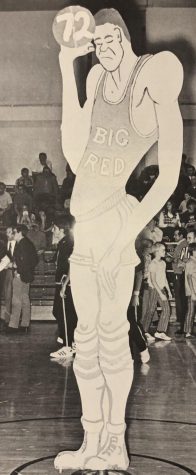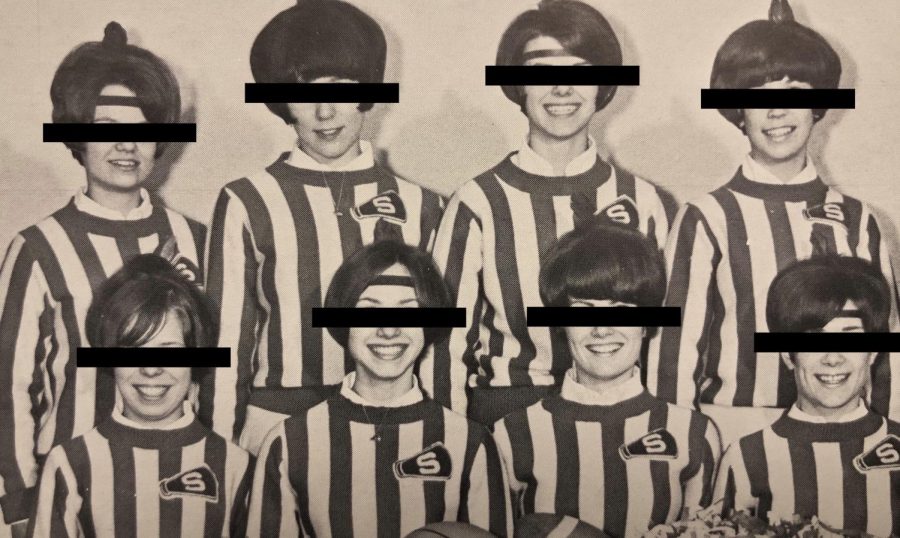Within Our Walls
A Look into Discrimination at South
January 16, 2019
A few months ago, a school in Baraboo, Wisconsin came under fire when an anti-semitic photo was released, receiving national attention. The event was followed by discussions all over social media platforms such as Twitter and Facebook about discrimination within schools, which begs the question, do similar issues exist within South?
In the past South did have a history of appropriation of Native American culture with the old Redmen mascot, however, in 1993 it was changed to the Redwings. Most depictions of the original mascot have completely disappeared, with the only sign within the building being a mosaic outside of the auditorium. However items such as “Big Red,” (a wooden cutout depicting a caricature of a native man), still exist, with the cutout even being displayed at a class reunion in 2018.

Times have changed, and thankfully, South’s administration has made efforts to create an inclusive environment for the growing minority populations. Although the school is getting increasingly more diverse as the years progress, many students still feel unwelcome within our walls. In December, South students and staff had the opportunity to anonymously confess times when they had witnessed or experienced racial discrimination during school hours.
“People make fun of you for speaking another language or having an accent, as if there aren’t languages besides English while fawning over the European exchange students.” One student explained. In fact, many students within South’s English Language Learners (ELL) program face issues like these often as told by another student, saying, “… there was a student walking past our room and she said really loud ¨Speak English you are in the United States now, learn the language, for [expletive] sake!¨
Outside of the ELL hallway, many students reported either overhearing or being bullied by use of racial slurs. “I see white students use very derogatory terms such as the N word.’” one student commented, “When confronted they act as if it’s something to be used in casual conversation. As an African American from a completely different city, it definitely was a culture shock.”
Many students that experience harassment do not report the incident to a faculty member. This is due to a number of factors, from either having a personal relationship with the harasser, or either being told that the incident was simply “a joke.”
“When I get frustrated over stuff like this, all I want or can do is angrily cry or angrily pace around. I get common signs of anxiety and anger where my chest is hot, I want to cry, and I get very fidgety.” One student confessed while another commented that even if they were to tell a school official, the comments would only continue, “I don’t want to get called a drug dealer or a [expletive] again.”
In order to solve this problem, students should feel comfortable reporting the incident to a school official, as the Sheboygan Area School District Student Handbook states, “Harassment will not be tolerated in any form and the District will take all necessary and appropriate action to prevent and eliminate harassment, including discipline of offending persons and referral to law enforcement officials where appropriate.”
A newspaper article cannot solve South’s discrimination problem, however, acknowledging its existence is the first step.

